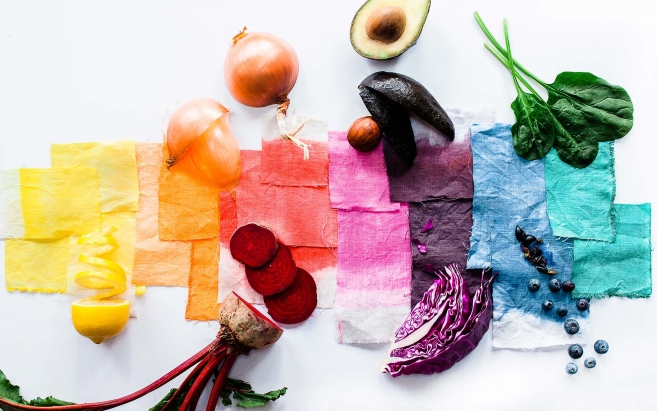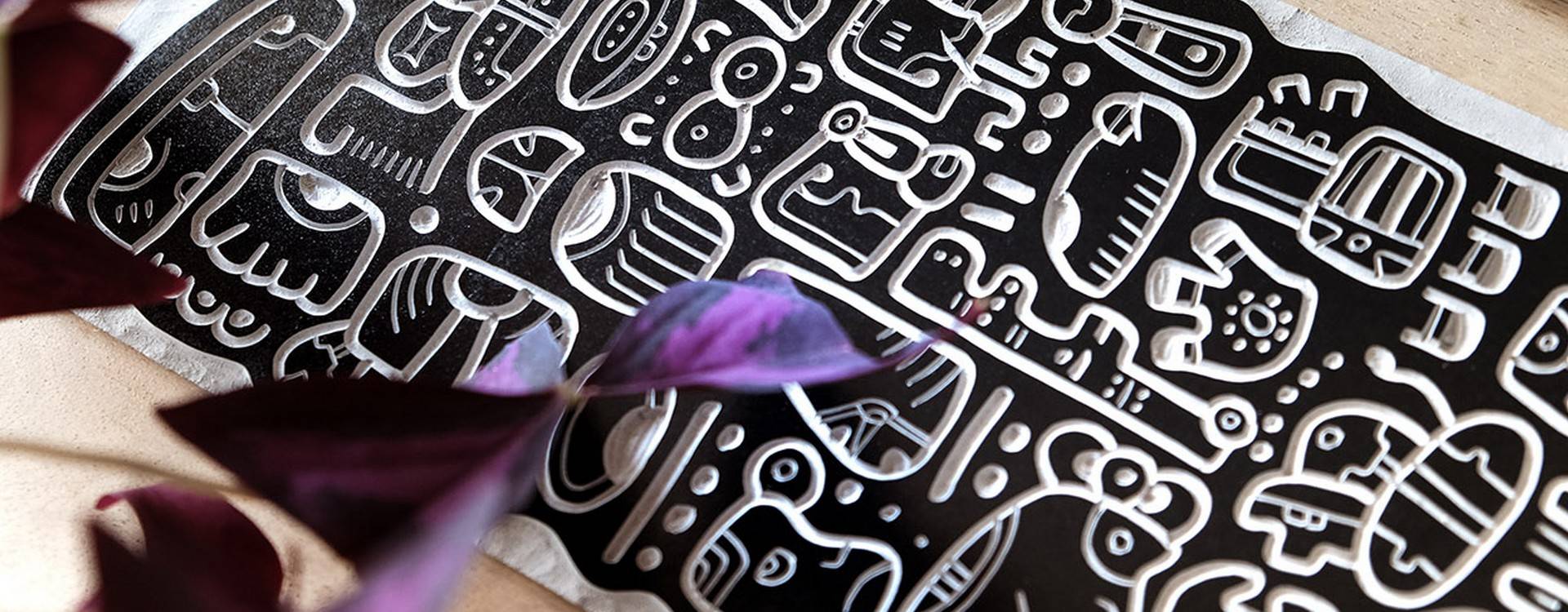Linocut printing, a lesser-known yet captivating form of printmaking, traces its roots to the woodcut tradition. However, it offers a unique and contemporary approach for artists seeking to create expressive and detailed works. In this article, we will delve into the history of linocut printing, explore the creative process, and discover how this technique continues to captivate artists worldwide.
Historical Origins:
Linocut printing has its origins in the early 20th century when innovative artists began using linoleum as a medium for engraving. This flexible and easy-to-carve material quickly gained popularity, providing artists with a practical and affordable alternative to traditional woodcut. Artists such as Pablo Picasso played a crucial role in popularizing this technique, ushering in a new era of artistic expression.
The Creative Process:
Linocut involves cutting a linoleum block using specialized gouges to create a relief design. Unlike woodcut, linocut allows for finer lines and more precise details due to the smoother texture of linoleum. Once the block is ready, ink is applied evenly to the raised surface, and paper is pressed onto the block. The result is a print that captures the richness of details and depth of the original design.
Advantages of Linocut Printing:
1. Accessibility: Linoleum is an affordable material, making linocut printing accessible to a broad range of artists, from beginners to professionals.
2. Flexibility: Linocut allows for a wide variety of artistic styles, from abstract to figurative. Artists can experiment with different textures and techniques to create unique works.
3. Reproducibility: Once the block is created, multiple prints can be produced, offering a reproduction option for artists wishing to share their work with a larger audience.
Contemporary Artists:
Linocut printing has not remained confined to the past. Contemporary artists are exploring this technique in innovative ways, pushing the boundaries of traditional linocut. Exhibitions dedicated to this art form are emerging worldwide, drawing attention to the diversity and vitality of linocut in the contemporary art landscape.
Conclusion:
Linocut printing, though often overshadowed, provides a captivating avenue for artistic expression.
Its rich history, unique creative process, and practical advantages make it an appealing option for artists looking to add a tactile and visual dimension to their works.
Whether you are an emerging artist or a curious art enthusiast, linocut printing deserves exploration and appreciation for its outstanding contribution to the world of printmaking and art.
MyVipFans
The marketplace of social shopping for professionals and their fans
I sign up




Leave a comment
Login to post comments